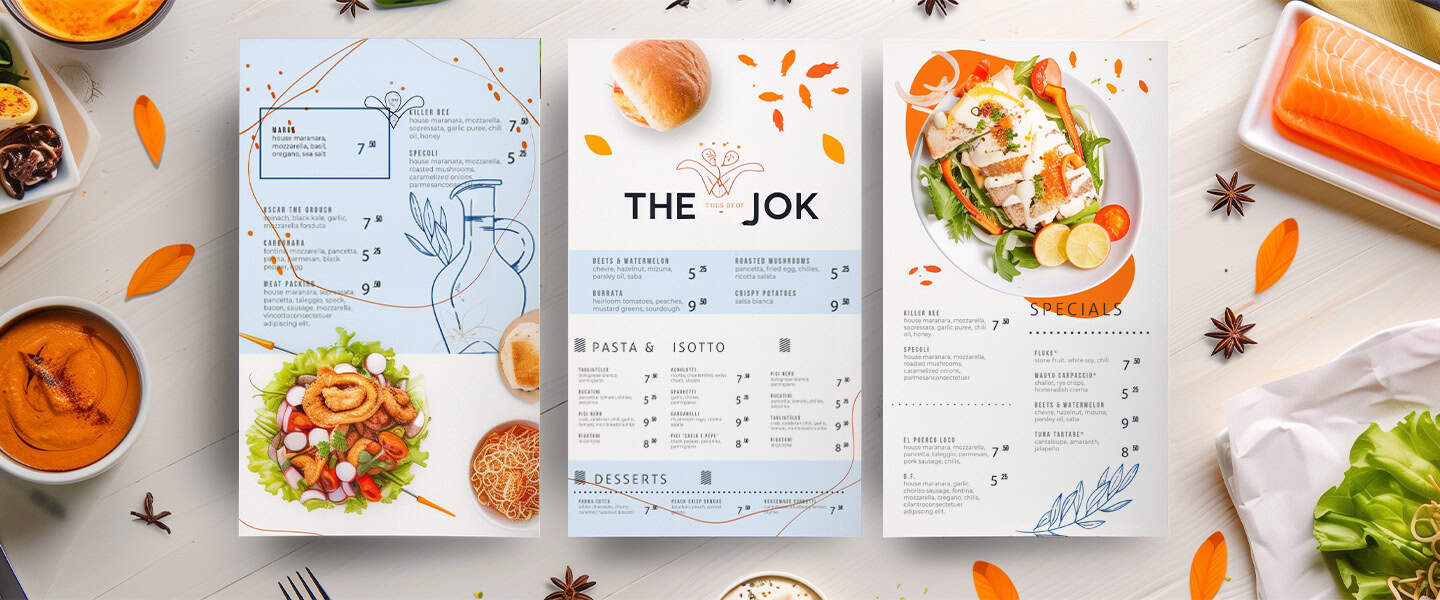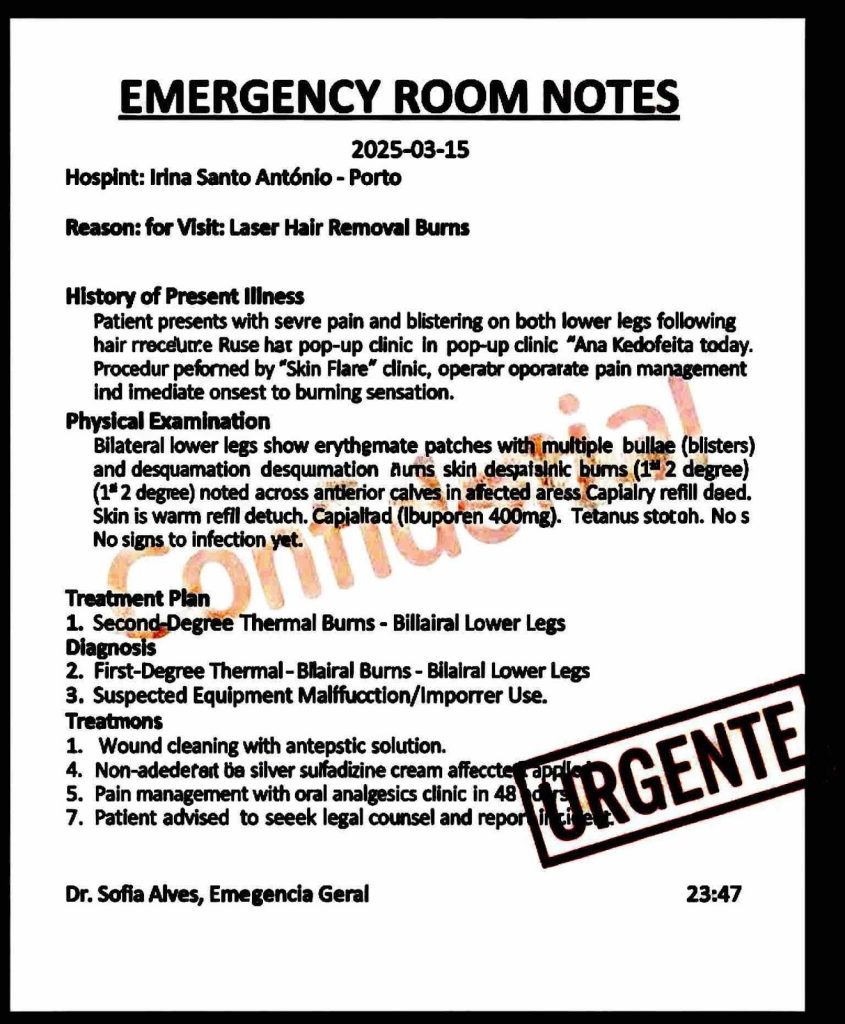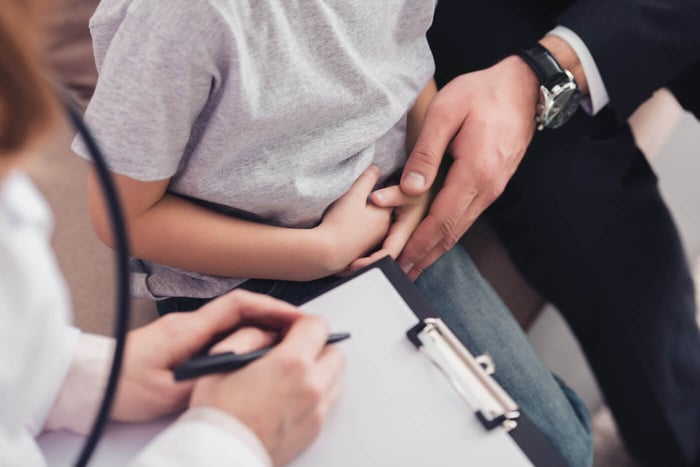How a SIDS Study Became a Media Train Wreck
[ad_1]
Sudden infant death syndrome, or SIDS, “will be a thing of the past,” according to Carmel Harrington, a sleep researcher at the Children’s Hospital at Westmead, in Australia. A press release describes her new study, out this month, as a “game-changing” effort and a “world-first breakthrough” that could prevent future deaths from the tragic illness. Celebrations quickly spread on social media: “THEY FOUND THE CAUSE OF SIDS. Excuse me while I cry for all the parents,” one viral tweet declared. “Closest thing to a miracle in a long time,” said another. The press soon picked up the story. On Friday, a segment on Good Morning America touted Harrington’s “very, very important study” of SIDS, while a story in the New York Post promised that her data would “bring closure to countless parents who have endured the nightmare of losing a child.”
Rarely is a medical research finding a “breakthrough.” But this one – discovering a biomarker in blood that indicates babies’ risk for SIDS – qualifies. https://t.co/EKZBlFvxTx
— Nancy Lapid (@NancyLapid) May 13, 2022
Sadly, these claims are quite absurd. The original research paper, published on May 6, described a small-scale but interesting project: Harrington and her colleagues measured activity levels of a protein called butyrylcholinesterase in dried blood collected from about 600 babies shortly after birth, including 26 who died from SIDS and 30 who went on to die from a different condition during their first two years of life. On average, those who died from SIDS had somewhat less butyrylcholinesterase activity in their blood than healthy newborns did. According to the study’s authors, this suggests that, with further work, the protein “could potentially be used as a biomarker to identify and prevent future SIDS deaths.” If that qualifies as a scientific “miracle,” the bar is inches from the ground.
Even after decades of research, SIDS remains “unexpected, dramatic, and devastating,” as three prominent doctors put it in a New England Journal of Medicine editorial published over the weekend. If researchers had really pinpointed a biological cause for these deaths—as some press reports have claimed—it would salve parents’ anxiety and might lead to future treatments. But one need only read the new paper in its entirety to see they haven’t reached this goal.
At best, the study represents an incremental advance. This is not meant to be an insult; science works in increments. But the numbers don’t suggest that a screening test for SIDS is really in the works, let alone one that will quickly end the scourge of infant deaths. The authors report that protein-activity levels were measured in a range of 1.7 to 23.3 units per milligram for healthy newborns, and from 2.9 to 10.8 for those who died of SIDS. Though the group averages were different overall (7.7 versus 5.6), individual values still overlapped a great deal. In other words, a low protein-activity level at birth could be found in a baby who might end up dying from SIDS, as well as one who would go on to live a healthy life.
I reached out to Harrington and her co-author Karen Waters, a professor of child and adolescent health at the Children’s Hospital at Westmead, to ask about this issue, among others. Measuring the protein “will not work as a universal screening test, for precisely the reasons that you have highlighted,” Waters told me via email. Harrington said that their “finding represents the possibility for the future identification of infants at risk for SIDS” and that the study identifies “a measurable biochemical marker (not cause)” of the condition.
The confusing and controversial status of SIDS as a formal diagnosis adds to the uncertainty. SIDS is considered a “diagnosis of exclusion,” which means that it applies only when other causes have been carefully ruled out, and also that it is likely to comprise a number of different conditions. Some forensic pathologists have abandoned the diagnosis entirely on account of this ambiguity, James Gill, the chief medical examiner of Connecticut, told me. The authors of this month’s study did not have access to autopsy details for any of their subjects, and relied in most cases on a coroner’s assessment that SIDS had been the cause of death.
Even if it were possible to develop a screening test for SIDS, we might not want to use it. As a hospital pathologist myself—which is to say, as a doctor who specializes in diagnostic testing—I know that every form of screening makes mistakes. Sometimes, the benefits from these tools are worth the harm of an occasional error. Cervical-cancer screening, for example, greatly reduces deaths even though pap smears regularly lead to unhelpful results. But a wonky SIDS test would have catastrophic ill effects. A false positive result would terrify new parents. A false negative could lead them to abandon safe-sleeping practices—or far worse, make them seem at fault if SIDS did strike. Even true results might not be much help, because early-detection tests are only as good as the treatments we use in response to them. An aggressive campaign by pediatricians to promote safer sleep practices has caused the number of SIDS deaths to plummet since the 1990s. That campaign’s advice is already given out to everyone, and would not change on the basis of a blood test.
Given that no further interventions would be available for infants flagged as high-risk by a screening test for SIDS, I asked the authors whether it makes sense to measure babies in this way. Waters responded by citing the “fundamental principle” that you should not screen newborns for disease unless you can “affect the outcome for the child.” Harrington has suggested in an interview that the researchers “don’t know the shape of what the intervention will be at this stage.”
If the study’s findings were ambiguous, and its implications dubious, why did the research get so much attention in the media? Many outlets seemed impressed by its connection to The Lancet, founded in 1823, and one the world’s most prestigious medical journals. The SIDS paper did not actually appear in The Lancet, but rather in a lesser-known periodical called eBioMedicine, which happens to be published under The Lancet’s umbrella brand (along with more than 20 other journals). Media coverage glossed over that distinction, though, or ignored it altogether. (Good Morning America managed to combine the two journals’ names into a fictional publication called “eLancet.”) These errors are understandable; prominent Lancet branding on eBioMedicine’s website and web address make it easy to get confused, and journal editors sometimes take advantage of academic prestige to court media attention.
The study’s tenuous connection to The Lancet was just one small part of its appeal. More significant was Harrington’s own story: She’d lost her son to SIDS 29 years ago, and then watched as a friend lost a baby to the same ailment a few years later. Harrington spent the intervening decades trying to discover a way to prevent this tragedy for others. “I made a solemn resolution there and then to leave no stone unturned in my quest to solve the mystery of the Sudden Infant Death Syndrome,” she wrote in a request to crowdfund her research that was first posted in August 2018. Before the study was published this month, the campaign hadn’t received a contribution since 2019; now donations have been pouring in. As of yesterday, the campaign had raised about $50,000, mostly in small increments. “Since we have published our research, I have continued to be overwhelmed by the generosity of the community,” Harrington told me.
There’s no shame in soliciting funds for a good cause, and Harrington’s scrappy effort to keep her research going could be seen to merit praise. But Harrington herself has linked improbable claims about the science to overt requests for money: “To get us there, we need a lot of funding,” she told an interviewer, moments after saying that she “knows” that SIDS will be eradicated in “three to five years’ time.” (The hospital, which manages the endeavor’s charitable account, lent credence to this accelerated time frame in its press release.) An article from the Australian Broadcasting Corporation quoted Harrington making a plea for further backing: “We know what we have to do. It’s just actually getting the funding for it.” But the story, like numerous others, did not provide any appraisal of the research from independent experts, which would have helped inform potential donors. Harrington, in her email to me, reiterated her claim that screening tests and interventions “could be 3-5 years away” with appropriate funding.
Many outlets also neglected to mention the study’s known limitations, as described in the paper. In that context, the authors acknowledge that they examined relatively few subjects, and that the tested blood was more than two years old. Their results could, therefore, turn out quite differently if the technique were put into widespread practice. “There is a lot more work to be done before this can be heralded as a solution,” Waters told me in her email. “As we said in the paper, it offers new directions for research in the field.” Harrington told me that “this finding is only one bit of the puzzle and there is so much more to learn.”
Harrington’s personal accomplishments cannot be dismissed, even if new tests and treatments seem further away than she claims. Most of us never generate a speck of new scientific knowledge. To come back from tragedy, toil for decades, and then produce a promising approach for closer study … well, that may not be miraculous, but it matters all the same.
[ad_2]
Source link








